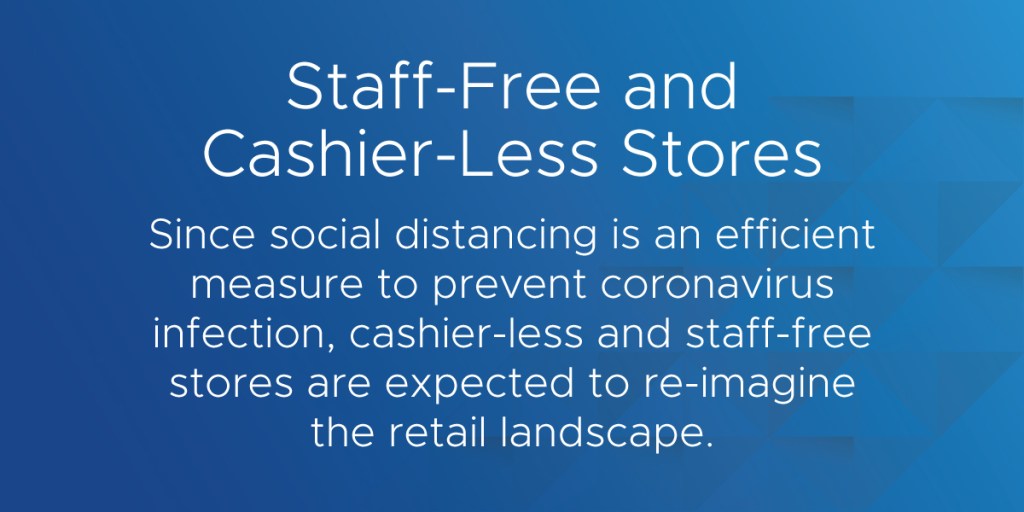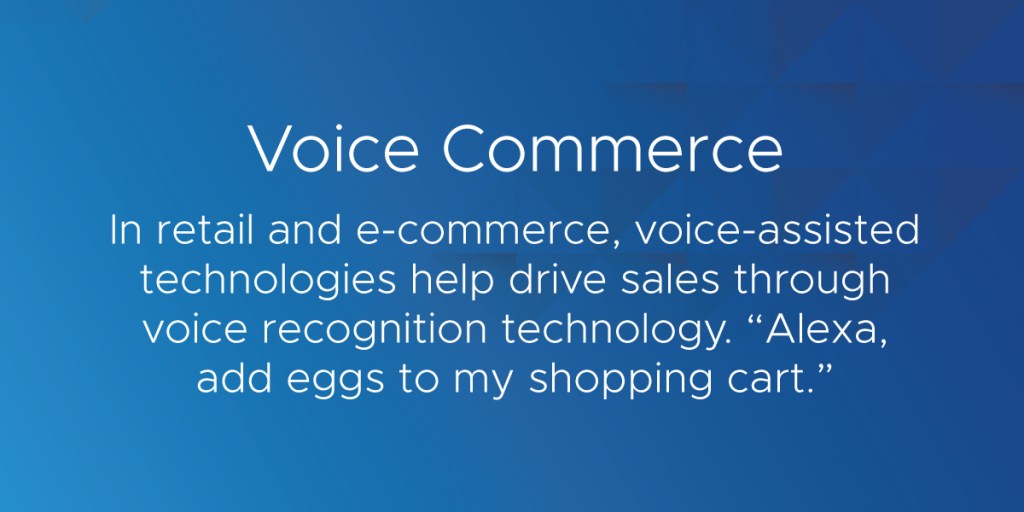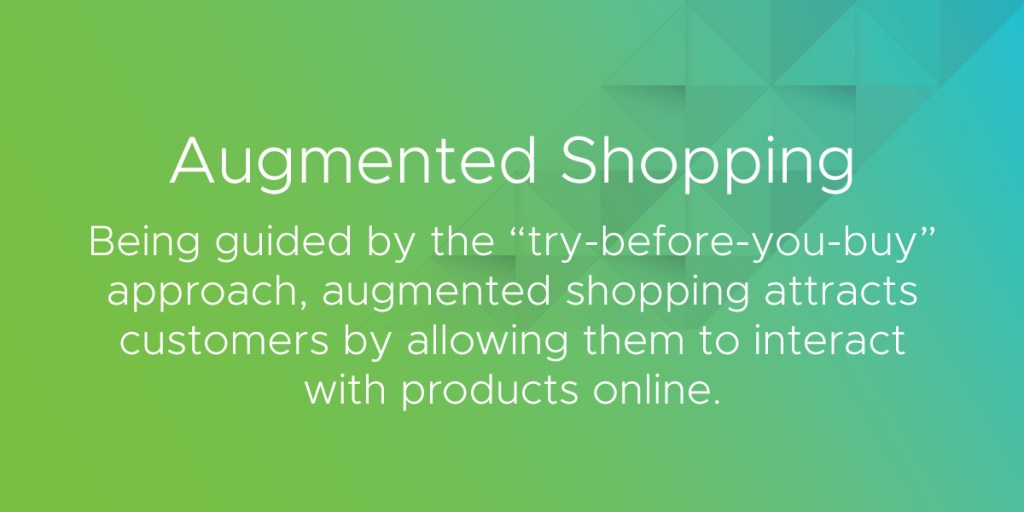The U.S. Commerce Department reported that retail spending in March 2020 collapsed by the largest number on record. Entire countries came under quarantine orders. Consumers around the world started to limit human contact. And retailers scrambled to adapt to omnichannel ordering and multi-location fulfillment.
For many retail companies, digital technology was the key to quickly pivot and support these new models. Successful brands modified purchasing strategies to offer contactless pickup and free shipping. And as the app experience became the only experience, retailers modernized existing applications and built new cloud-native apps.
Case Study: DICK'S Sporting Goods
“Retail happens 24/7. We’re a U.S.-based retailer, but there’s a very minimal amount of hours where we’re not receiving a lot of traffic,” explained Sean Graham, engineering manager at DICK'S Sporting Goods. “You have to have scale. You have to have uptime.”
DICK’S needed to change its approach to meet the demands of a high-pressure retail market and deliver the omnichannel experience that helps set the company apart today.
E-commerce Acceleration

Consumers shopped online before the pandemic. But a desire to limit trips to stores unleashed new demand and encouraged retailers to roll out new options. Out of necessity, the retail industry shifted its focus to help shoppers get the products they need as quickly as possible—online, curbside and in stores.
Pre-pandemic, a big part of shopping was the hands-on experience:
- Eating samples at the grocery store.
- Spending an afternoon in the fitting room.
- Trying a lipstick at the beauty counter.
Now, many retailers are trying to stand out for the opposite reason. They’re making it easier for consumers to avoid shared surfaces and limit interactions with employees or other customers. This shift is particularly imperative for grocery stores.
Several grocers expanded the availability of smartphone apps that customers can use to scan items and tally up orders. Some stores quickly pivoted to curbside pickup and home delivery. That was all possible because of the company’s early commitment to modernizing and speeding its app development and delivery processes.
A grocery retailer that made a huge digital shift is Albertsons.
Case Study: Albertsons
With more than 2,200 stores across 35 states, Albertsons is the second-largest grocer in the U.S. On average, it serves more than 30 million customers weekly. When the COVID-19 lockdowns started, Albertsons saw a rapid shift from in-store purchasing to record-breaking online ordering.

Reshaping Retail Through Technology
Today, digital transformation reshapes how we shop, our online experiences and even customer expectations of physical stores. The terms “curbside pickup” and “contactless delivery” are now in the everyday vocabulary for major cities and rural towns.
One-click purchasing, price comparisons in seconds and new shopping platforms are just the start.
Holiday Shopping During a Pandemic
The holiday season represents the largest glimmer of hope in any retail year. For the 2020 season, online sales will likely skyrocket. And socially distanced retail strategies are at a premium.
Health, safety and the livelihoods of store employees are on consumers’ minds. In fact, 61% said they plan to minimize in-store shopping to reduce health risks, according to the annual Accenture Holiday Shopping Survey. For brands, this means beefing up online shopping infrastructure.
Case Study: New City Commercial Corporation (NCCC) Group
Starting out as a humble textile shop, Philippines-based New City Commercial Corporation (NCCC) Group grew into a retail giant with close to 60 branches. Because of unreliable network connectivity, its employees often struggled to use centralized systems in its headquarters.
To improve the uptime without increasing operating expenses, NCCC Group turned to VMware SD-WAN. Employees now get their work done more efficiently. And customers also use loyalty cards while shopping, staying true to NCCC Group’s vision to provide the best value for consumers.
Case Study: DFS
DFS is one of the UK’s leading furniture retailers with 155 stores across the UK and Ireland.
As and industry market leader, DFS constantly focuses on ensuring customers have the best shopping experience—whether in-store or online. From an online perspective, the retailer saw phenomenal growth in the number of customers using mobile over the last few years. Fifty percent of its traffic now comes through a mobile device, often with consumers conducting initial research on their phones before going on to make a purchase.

To create the best opportunity for long-term success, retailers need to:
- Connect to customers.
- Identify insights to create the safest, most convenient shopping environment.
- Adapt or build products and services needed for future growth.
During holiday and peak shopping seasons, retailers that leverage consumer insights will be in the best position.
The Future of Retail
The monumental changes in the retail industry impact the consumer experience across the entire buyer journey—from customer service to purchasing and flexible delivery needs.
2020 offered many opportunities for retailers that quickly adapted and used technology innovations to deliver on consumer needs and expectations.
In a digital ecosystem where new niches are waiting to be monetized, there are many chances for companies focused on digital transformation. Data-centric cultures will continue to displace ones that can’t seamlessly and rapidly bring together customer preferences, fresh digital innovations and supply chains. And winning brands will deliver experiences that consumers find engaging, accessible and valuable.
Read this Forrester report detailing how retail technology executives improve application portfolios to enhance customer experience—and in turn, increase overall revenues.





